Personalized metal...
Under the 2025 global plastic ban, how can food-grade tin boxes become the new favorite of green packaging?
This article explores how tin box factories can promote the production of environmentally friendly tin boxes through innovative technologies, analyze the application scenarios of customized tin boxes in food packaging, and look forward to its core position in sustainable development.
---
1. Global plastic ban promotes changes in the packaging industry
In 2024, more than 120 countries around the world will officially implement plastic bans to restrict the use of disposable plastic products in food, daily necessities and other fields. Traditional plastic packaging has been gradually eliminated due to problems such as difficulty in degradation and environmental pollution. The market urgently needs alternatives that are both functional and environmentally friendly. In this context, food-grade tin boxes have become the new favorite of food and beverage, high-end gifts, cosmetics and other industries due to their recyclability, corrosion resistance, non-toxicity and harmlessness.
---
2. The core advantages of food-grade tin boxes
- Outstanding environmental protection attributes: The raw material of the tin box is metal tin, with a recycling rate of more than 95%, and it can be reused thousands of times, greatly reducing resource waste.
- Safety and freshness: Tin boxes that have passed international food-grade certification do not contain harmful substances such as bisphenol A, have strong sealing, can effectively isolate moisture and ultraviolet rays, and extend the shelf life of food.
- Brand value enhancement: Customized tin boxes can be printed with corporate LOGO, patterns or embossed designs, giving the packaging a high-end texture and helping the brand to create a differentiated image.
---

3. Customized services and technological innovation of tin box factories
In order to meet the diverse market needs, professional tin box factories provide one-stop customized tin box services from design to mass production:
- Flexible design: Supports personalized needs such as special shapes, multi-layer structures, magnetic opening and closing, and is suitable for different product forms such as chocolate, tea, candy, and health products.
- Green process: Use water-based paint and solvent-free printing technology to reduce carbon emissions during the production process and ensure that the finished product meets the environmentally friendly tin box standards.
- Quick response: Digital production lines combined with intelligent molds shorten delivery cycles, meet the needs of small and medium-sized batch orders, and reduce the cost of trial and error for enterprises.
---
4. Diverse application scenarios of tin box packaging
- Food industry: High-end chocolate brands use tin box packaging as holiday gift boxes, which not only protects products but also enhances the gift-giving ritual;
- Tea and coffee: Tin boxes have excellent moisture-proof properties and are ideal containers for long-term storage of tea and coffee beans;
- Beauty and personal care: Products such as creams and soaps use small tin boxes, which are both portable and sustainable selling points, attracting environmentally friendly consumer groups.
---
.jpg)
5. Market prospects and policy dividends for environmentally friendly tin boxes
According to industry forecasts, the global metal packaging market size will exceed US$150 billion in 2024, of which food-grade tin boxes are expected to grow at an annual rate of 12%. Governments of various countries encourage companies to adopt green packaging through tax breaks, subsidies, and other means, further promoting tin box factories to expand production capacity. For example, the EU's "Circular Economy Action Plan" lists metal packaging as a priority support category, and China's "dual carbon" goal has led many places to issue a list of plastic substitutes, including tin boxes.
---
6. How can companies leverage tin box packaging to achieve transformation
- Cooperate with leading tin box factories: choose suppliers that have passed ISO9001, sedex and other certifications to ensure product quality and compliance;
- Customize differentiated packaging: Develop limited edition or co-branded tin boxes in combination with brand tone to enhance consumers' willingness to collect;
- Spread environmental protection concepts: Mark the "100% recyclable" logo on the packaging, and promote green claims through social media to enhance brand social responsibility.
---
Conclusion
The 2024 plastic ban is not only an environmental revolution, but also opens up innovation opportunities for the food packaging industry. Food-grade tin boxes are standing out from traditional packaging with their environmental protection, durability and high added value. With the technological upgrade of tin box factories and the popularization of customized services, this green packaging solution is expected to become the standard for global companies and lead a new era of sustainable consumption.
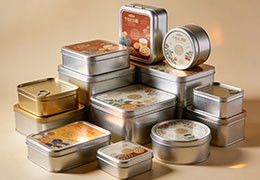
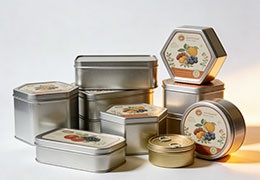
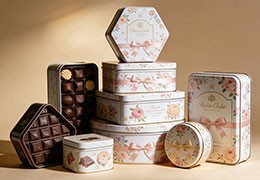
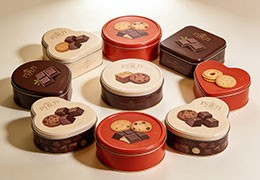
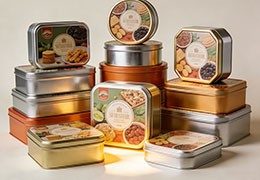
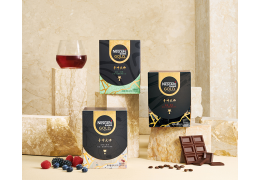
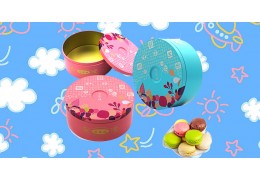
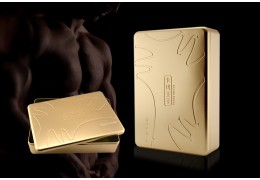
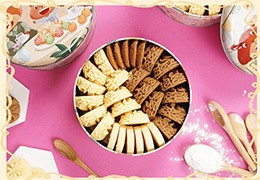
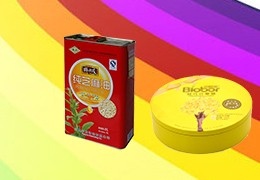
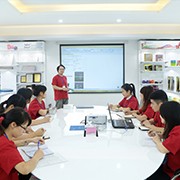
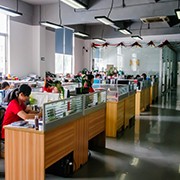


Latest comments